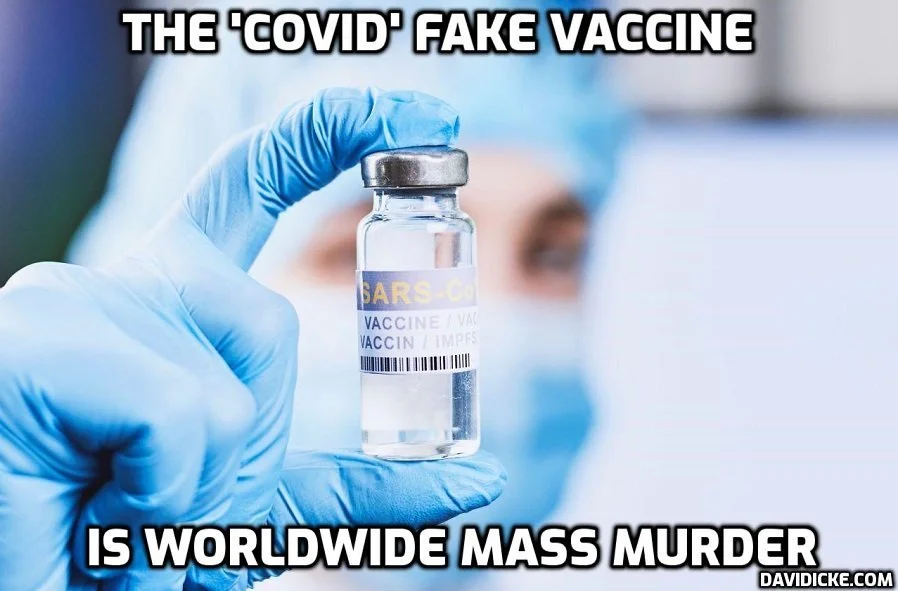The Droning of America: Here, there and Everywhere
/From National Association of Criminal Defense Lawyers, Inc.
The Champion January / February, 2013 37 Champion 9
By Norman L. Reimer
Norman L Reimer is NACDL's Executive Director and Publisher of The Champion.
[*9]
No, this column is not a tribute to a beautiful old Beatles love song. n1 It is a reference to the dawning of the era of domestic drones -- a vast array of unmanned eyes in the sky, that come in all shapes and sizes, featuring a surveillance capability unmatched in human history.
For those who think these devices are only deployed overseas as a tool in the arsenal to strike at alleged terrorists, think again. While Unmanned Aerial Vehicles, known as "UAVs" or remote-piloted aircraft, have become a centerpiece in counterterrorism strategy, domestic use has already begun. Last year President Obama signed legislation authorizing the Federal Aviation Administration (FAA) to develop specific rules to accelerate the integration of unmanned aircraft into the national airspace system by 2015. It is estimated that drones will be a $ 5 billion-plus industry. n2 The FAA predicts that 30,000 drones will be deployed within 20 years. n3 Early authorizations have already ushered in the domestic drone age.
Thanks to the efforts of the Electronic Frontier Foundation (EFF), which launched an extensive Freedom of Information Act (FOIA) lawsuit, the FAA has now publicly disclosed that dozens of public and private entities, including police departments, colleges, small towns and counties across the country, have received FAA certificates of authorization to fly drones domestically. n4 Just last month, EFF posted several thousand pages of new drone license records, as well as a map that tracks the location of domestic drone flights. n5 These postings reveal that three branches of the military have also received authorization to fly over nonmilitary air space, and that some of these drones have extraordinary capability.
One drone, the Puma AE (All Environment), reportedly can land anywhere, "either in tight city streets or onto a water surface." n6 Another, Insitu's Scan Eagle, has "an inertial-stabilized camera turret, [that] allows for the tracking of a target of interest for extended periods of time, even when the target is moving." n7 Still another uses something called "Gorgon Stare technology" n8 that involves multiple cameras in an aerial drone that can capture the motion imagery of an entire city.
In terms of the capacity to amass intelligence, it is important to recognize that drones can do a lot more than simply take pictures. [MORE] They can be outfitted with thermal devices, license plate readers, and laser radar. n9 In addition, law enforcement expects that in the near future drones can be outfitted with facial recognition or biometric recognition capacity that can recognize and track individuals based a multitude of personal, physical characteristics. n10
While there may be many valuable and appropriate uses for this emerging technology, such as search-and-rescue missions, hot pursuit in a dangerous criminal situation and detecting radiation leaks, history teaches that law enforcement agencies -- and others -- will not exercise appropriate restraint. Indeed, EFF's recent FOIA postings confirm that several police departments intend to use drone technology to augment routine investigative forays.
In Maryland, the Queen Anne County Sheriff's Department plans to use drones to search farm fields for marijuana and to track persons of interest, n11 and the Gadsden, Alabama, Police Department wants to use a drone for drug enforcement purposes. n12 Other departments, such as the Orange County, Florida, Sheriff's Department and the Mesa County, Colorado, Sheriff's Office, do not disclose basic information, such as the kind of drones they are flying, where they are flying, or the purpose for which they are being used. n13
The Need for Legislation
Ideally, in a representative democracy when the emergence of a new technology alters the fundamental balance between the privacy rights of the people and the surveillance capacity of the state, the legislative and executive branches would act swiftly to establish reasonable limitations and protection against abuse. To be sure, some in Congress have expressed concern and proposed legislation to establish privacy safeguards, at least as to drone use by the federal government. Last year Sen. Rand Paul and Rep. Austin Scott introduced the Preserving Freedom from Unwarranted Surveillance Act of 2012 (H.R. 5925, S. 3287) that with some exceptions would prohibit the use of drones by the government except when a warrant based upon probable cause is issued. n14 Rep. Ted Poe also introduced the Preserving American Privacy Act of 2012 (H.R. 6199), which similarly would require a warrant. n15 And Rep. Shelley Moore Caputo introduced the Farmers Privacy Act of 2012, which sparked competing amendments restricting unmanned aerial surveillance of farming operations. n16 But notwithstanding these bills, no legislative action is imminent.
Meanwhile, last year a police department in North Dakota conducted the first reported drone-assisted arrest. n17 It is inevitable that drone usage will proliferate in criminal prosecutions long before [*10] Congress can impose a warrant requirement and other reasonable restraints on a state's capacity to employ unlimited surveillance. Once again, defense lawyers will be on the front line in the ceaseless struggle to vindicate the people's Fourth Amendment protections against unreasonable searches and seizures.
A New NACDL Resource
In the coming months, NACDL will articulate a comprehensive policy to inform advocacy efforts. But cases are certain to emerge long before these efforts can bear fruit. Accordingly, to assist the defense bar as it grapples with drone surveillance, NACDL is establishing a Domestic Drone Information Center. This resource will appear as a drop-down menu on NACDL's website under News and The Champion. The site will aggregate news, legislative developments, litigation, academic publications, data, and links to other leaders in this field, such as EFF. The objective is to equip practitioners with a one-stop source of cutting-edge information on the proliferation of drones. Warrandess use of this technology must be aggressively and effectively challenged through litigation if the Fourth Amendment is to survive this new and omnipresent technology. It is impera tive that defense lawyers once again assume the role of Liberty's Last Champion as we gird for one of the most important challenges to personal privacy in the nation's history.
FOOTNOTE-1:
n1 Here There and Everywhere(c), 1966 John Lennon/Paul McCartney
n2 Editorial, The Dawning of Domestic Drones, Without Proper Controls, The Use of Unmanned Aircraft Could Threaten Privacy, N.Y. TIMES, Dec. 26,2012, at A24.
n3 Richard M.Thompson II,Congressional Research Service, Drones in Domestic Surveillance Operations: Fourth Amendment Implications and Legislative Reponses (2012); available at https://opencrs.com/document/R42701/2012-09-06/.
n4 https://www.eff.org/deeplinks/2012/04/faa-releases-its-list-drone-certifi-cates-leaves-many-questions-unanswered.
n5 https://www.eff.org/deeplinks/2012/12/newly-released-drone-records-reveal-extensive-military-flights-us.
n6 http://us.gizmodo.com/5952077/puma-ae-the-speckal-force-spy-drone-that-lands-anywhere.
n7 http://www.insitu.com/systems/scaneagle.
n8 http://www.wired.com/dangerroom/2009/02/gorgon-stare.
n9 See Richard M.Thompson, supra note 3, at 3-4.
n10 Id.
n11 https://www.eff.org/document/doj-queen-anne-county-sheriffs-office.
n12 http://etowahcounty.myfoxal.com/news/news/110903-gadsden-police-con-firms-it-has-drone-aircraft.
n13 See note 4, supra.
n14 http://paul.senate.gov/?p=press_release&id=545; see also Richard M. Thompson, supra note 3, at 18.
n15 Thompson, supra note 3, at 18-19.
n16 Id.
n17 Mark Brunswick, Spies in the Sky Signal New Age of Surveillance, STAR TRIBUNE, July 22, 2012; available at http://www.startribune.com/local/163304886.html?refer=y.








































































































































































































































































